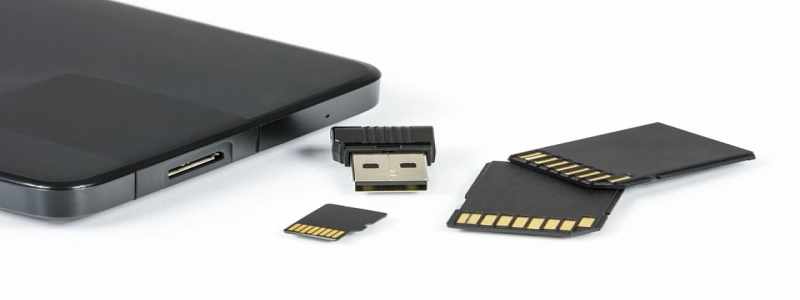How to Measure Light Wavelength
Introducere:
Light is an essential component of our daily lives, and its properties are intricately linked to its wavelength. Measuring light wavelength is crucial in various fields, including physics, engineering, and telecommunications. În acest articol, we will explore the different methods used to accurately measure light wavelength.
eu. Understanding Light Wavelength
A. Definition: Light wavelength refers to the distance between two corresponding points on a wave, such as the peak or trough.
B. Importance: Light wavelength determines the color, energy, and behavior of light. It is directly related to the frequency and speed of light.
II. Spectroscopy
A. Principle: Spectroscopy is a widely-used method to measure light wavelength. It involves using a spectrometer to disperse light into its constituent colors, which are then detected and analyzed.
B. Process:
1. Selection of the appropriate spectrometer based on the desired wavelength range.
2. Setting up the spectrometer by aligning it properly with the light source.
3. Calibrating the spectrometer using known reference wavelengths.
4. Capturing the dispersed light and analyzing the obtained spectrum.
5. Determining the light wavelength by correlating peaks or specific patterns in the spectrum with known wavelengths.
III. Interferometry
A. Principle: Interferometry measures the interference pattern created when two light waves combine. By manipulating the interference pattern, the wavelength of light can be accurately determined.
B. Process:
1. Setup of an interferometer, which consists of a beam splitter, mirrors, and detectors.
2. Sending a light beam through the beam splitter, resulting in two beams traveling different paths.
3. Reflection of one beam off a movable mirror.
4. Reunion of the two beams, causing interference.
5. Adjusting the movable mirror until a specific interference pattern is achieved.
6. Calculating the wavelength by analyzing the distance the mirror was moved.
IV. Diffraction Grating
A. Principle: A diffraction grating is a surface with a series of closely spaced parallel grooves. When light passes through the grating, it diffracts, causing interference patterns that relate to the light wavelength.
B. Process:
1. Obtaining or creating a diffraction grating with known groove spacing.
2. Directing the light beam towards the grating at a specific angle.
3. Capturing and analyzing the resulting diffraction pattern.
4. Measuring the spacing between the interference peaks.
5. Calculating the light wavelength using the known grating equation.
Concluzie:
Accurately measuring light wavelength is vital in various scientific and technical fields. Spectroscopy, interferometry, and diffraction grating are some of the commonly-used methods. By understanding the principles and following the appropriate procedures, scientists and engineers can obtain precise measurements, contributing to advancements in research, development, and technology.








